September is indeed a beautiful month for flowers, bridging the gap between summer and autumn. While the flowers you’ve mentioned are excellent examples of September blooms, there are many more to enjoy during this transitional season.
Let’s explore ten types of flowers that typically bloom in September, providing a more comprehensive and detailed look at the floral beauty this month offers.

When considering flowers that bloom in September, osmanthus (Osmanthus fragrans) immediately stands out. This exceptional ornamental tree graces gardens from September to early October, offering a perfect blend of greenery, visual appeal, and captivating fragrance.
Revered as one of China’s ten traditional flowers, osmanthus is renowned for its pure, far-reaching scent. Its aromatic presence is truly remarkable, capable of perfuming entire gardens and beyond.
The mid-autumn period, when osmanthus flowers reach their peak bloom, presents an ideal time for appreciation. The experience of savoring these delicate blossoms while enjoying a glass of wine, as the air fills with their sweet fragrance, is particularly enchanting. This scene has inspired countless ancient Chinese floral poems, cementing osmanthus’s place in cultural and literary traditions.
Deeply cherished by the Chinese people for centuries, osmanthus has earned its status as a classic and revered flower. The genus Osmanthus comprises several horticultural varieties, with the most notable being:
Beyond its ornamental value, osmanthus serves various practical purposes. Its flowers are prized in culinary applications, lending their distinct flavor and aroma to:
Additionally, the essence of osmanthus is highly valued in the cosmetics industry, where it’s used in perfumes, soaps, and skincare products for its delicate, sweet scent.
Cultivation of osmanthus requires well-draining, slightly acidic soil and a position with full sun to partial shade. Regular pruning after flowering helps maintain its shape and encourage abundant blooming in subsequent seasons. With proper care, osmanthus can thrive for many years, providing a lasting source of beauty and fragrance in gardens and landscapes.
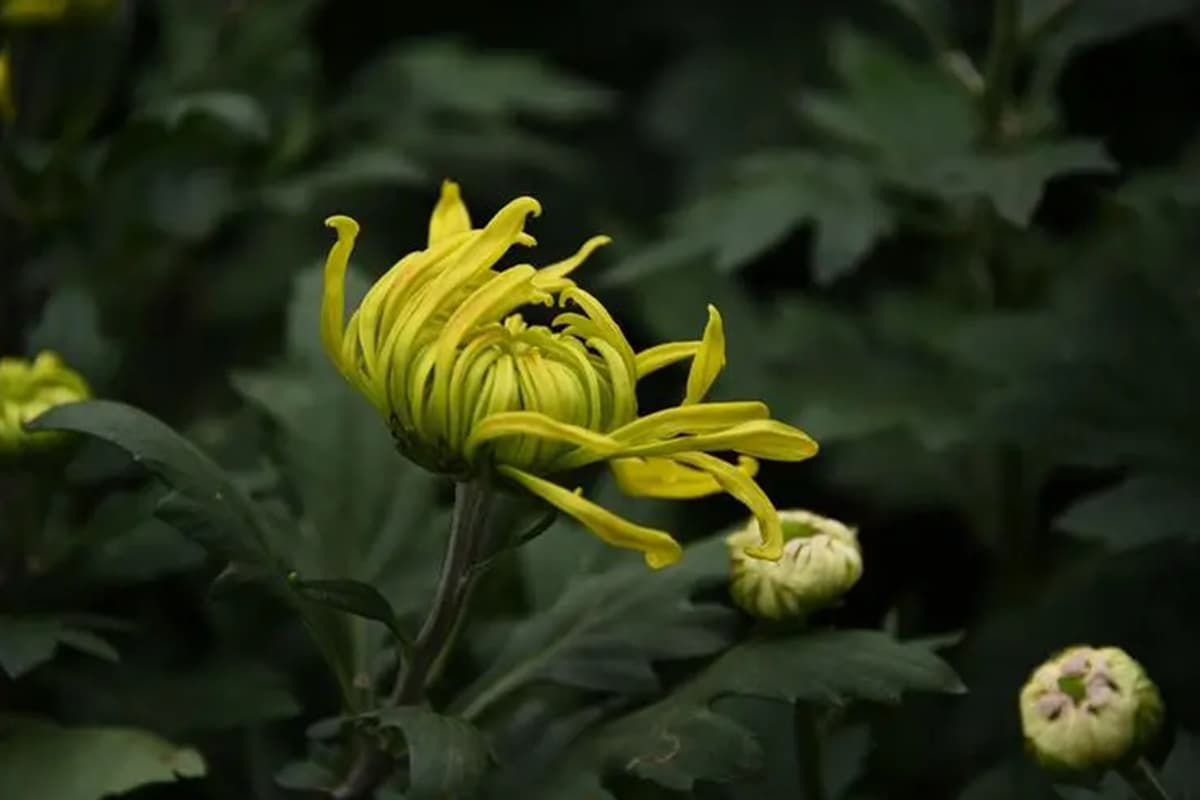
Chrysanthemums (Chrysanthemum spp.) are among the most celebrated autumn-flowering plants, typically blooming from September to November. Their vibrant display firmly establishes them as one of the premier flowers of the fall season.
In Chinese culture, chrysanthemums hold a place of high esteem, being one of the revered “Four Gentlemen” in traditional arts alongside plum blossoms, orchids, and bamboo. This cultural significance extends globally, with chrysanthemums ranking as one of the world’s four major cut flowers, alongside roses, carnations, and irises. In fact, chrysanthemums boast the highest production volume among these elite blooms.
The chrysanthemum genus encompasses a wide variety of cultivars and species, each with its own unique characteristics:
Beyond their ornamental value, chrysanthemums offer significant medicinal benefits. Traditional Chinese Medicine has long utilized chrysanthemum flowers for their potential health-promoting properties. Chrysanthemum tea, rich in flavonoids and other bioactive compounds, is believed to support eye health, reduce inflammation, and promote longevity when consumed regularly.
Chrysanthemums thrive in full sun and well-drained soil. To encourage bushier growth and more abundant blooms, pinch back the growing tips in spring and early summer. These hardy plants are relatively low-maintenance, making them an excellent choice for both novice and experienced gardeners looking to add autumnal color to their landscapes.

The red spider lily (Lycoris radiata) is a striking autumn-blooming flower that graces gardens from September to October. While the most common variety is red, this genus also includes white and yellow species, each with its own unique charm.
Known in Japan as “Manjushage,” the red spider lily holds deep cultural significance. This name derives from the Sanskrit “Maha Manjusaka” found in the Lotus Sutra, translating to “the heavenly flower” or “the great red flower.” It is revered as one of the four auspicious heavenly flowers (along with Manjusaka, Mandarava, and Maha Mandarava) in Buddhist tradition, believed to have the power to dispel evil when observed.
It’s important to note that while “red spider lily” typically refers to Lycoris radiata, the white (Lycoris albiflora) and yellow (Lycoris aurea) varieties, though closely related, are distinct species within the Lycoris genus. These plants share a familial relationship with another renowned ornamental flower, Lycoris squamigera, commonly known as the “Surprise Lily” or “Magic Lily.” In some regions, it’s also called “naked lady” or “resurrection lily” due to its unique growth habit.
While the red spider lily and surprise lily may appear similar at first glance, they have distinct characteristics:
These fascinating lilies, with their sudden appearance and ethereal beauty, add a touch of magic to autumn gardens and continue to captivate both horticulturists and flower enthusiasts alike.

Native to tropical and subtropical regions of the Americas, from southern Brazil to Mexico, the Night-blooming Cereus, scientifically known as Epiphyllum oxypetalum, has gained worldwide cultivation due to its extraordinary beauty. This epiphytic cactus, commonly called Queen of the Night or Dutchman’s Pipe Cactus, belongs to the family Cactaceae.
The plant exhibits a shrubby, sprawling growth habit with flattened, leaf-like stems that can reach several feet in length. Its most striking feature is the large, funnel-shaped flowers that emerge from the edges of these stems. These spectacular blooms typically measure 6-8 inches (15-20 cm) in diameter and are predominantly white, sometimes with a hint of pink on the outer petals.
The flowering period of the Night-blooming Cereus extends from late spring through early autumn, typically June to October in the Northern Hemisphere. True to its name, the flowers open at night, usually after sunset, and reach full bloom around midnight. As they unfurl, they release a potent, sweet fragrance that perfumes the surrounding air, earning the plant its poetic nickname “Beauty under the Moon”.
However, the magnificent display is ephemeral. Each blossom lasts only for a single night, beginning to close and wilt with the first light of dawn. This brief flowering cycle, lasting approximately 4-6 hours, has inspired the saying “a fleeting moment of the cereus”, capturing the transient nature of its beauty.
While primarily cherished as an ornamental plant for its dramatic nocturnal flowering, the Night-blooming Cereus also holds significance in traditional medicine. Various parts of the plant have been used in folk remedies for treating heart palpitations, nervous disorders, and as a diuretic. However, it’s important to note that medicinal use should only be under professional guidance.
Cultivation of the Night-blooming Cereus requires well-draining soil, moderate watering, and protection from direct sunlight. It thrives in humid environments and can be grown as a houseplant or in outdoor gardens in suitable climates. Its unique blooming habit makes it a favorite among night gardeners and plant enthusiasts who appreciate the allure of nocturnal flora.
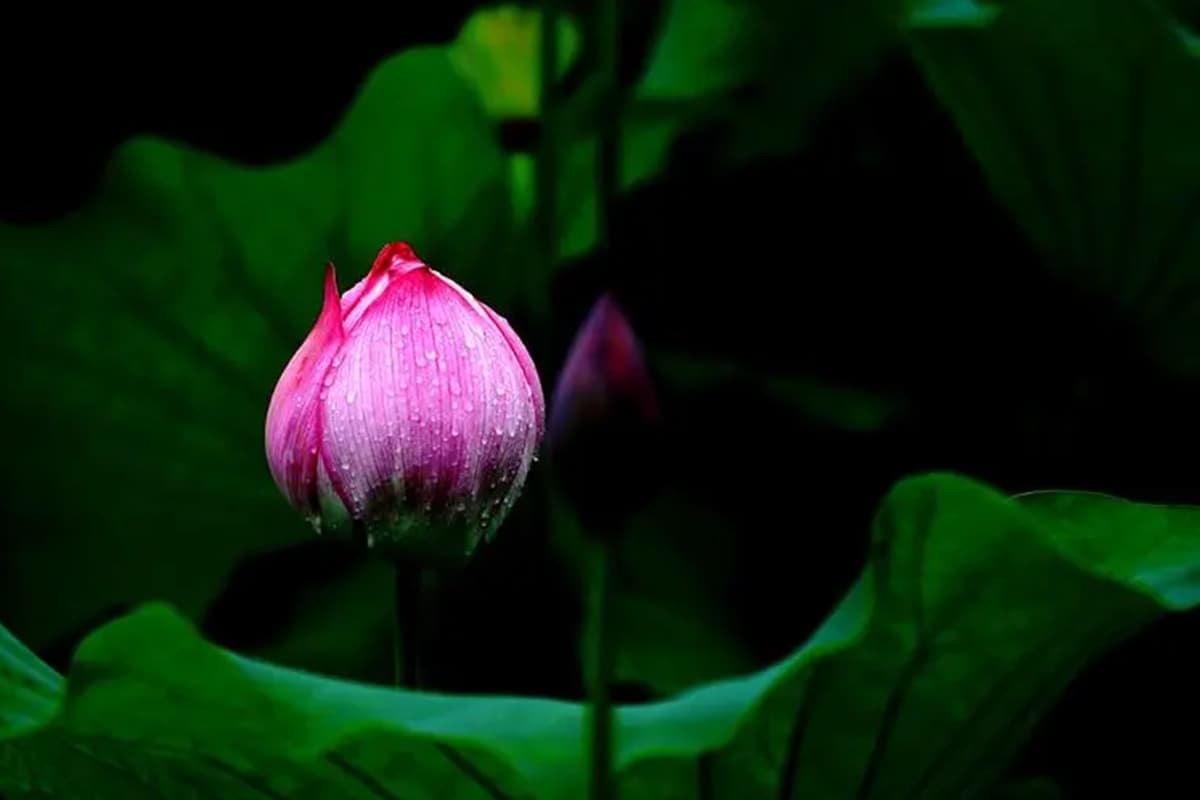
The lotus (Nelumbo nucifera) is one of the most magnificent flowers that grace the late summer and early autumn landscape. Its stunning blossoms unfurl from June to October, with peak blooming typically occurring in September.
The flowers emerge on long stalks rising above the water, featuring numerous petals arranged in a mesmerizing spiral pattern. Lotus flowers come in a diverse palette of colors, including shades of pink, white, red, and occasionally yellow or purple.
Revered for its symbolic significance, the lotus has captivated poets, artists, and philosophers for millennia. Its ability to emerge pristine from muddy waters has made it a powerful metaphor for purity and spiritual enlightenment in many cultures. This aquatic perennial is native to tropical and temperate regions of Asia and has been cultivated in China since at least the Zhou Dynasty (1046-256 BCE).
The lotus is not only aesthetically pleasing but also remarkably versatile. Every part of the plant has value:
In horticulture, lotuses are generally categorized into two main groups:
The lotus holds significant cultural importance across Asia. It serves as the national flower of India and Vietnam, and is the city flower of seven major cities in China. In 1985, it was officially recognized as one of China’s top ten famous flowers, cementing its status in Chinese horticulture and culture.
Cultivating lotus requires specific conditions:
With proper care, lotuses can thrive for decades, creating spectacular displays in ponds, water gardens, and even large containers. Their presence not only enhances the beauty of a garden but also provides a serene, contemplative atmosphere that has been cherished by garden enthusiasts and spiritual seekers alike for centuries.
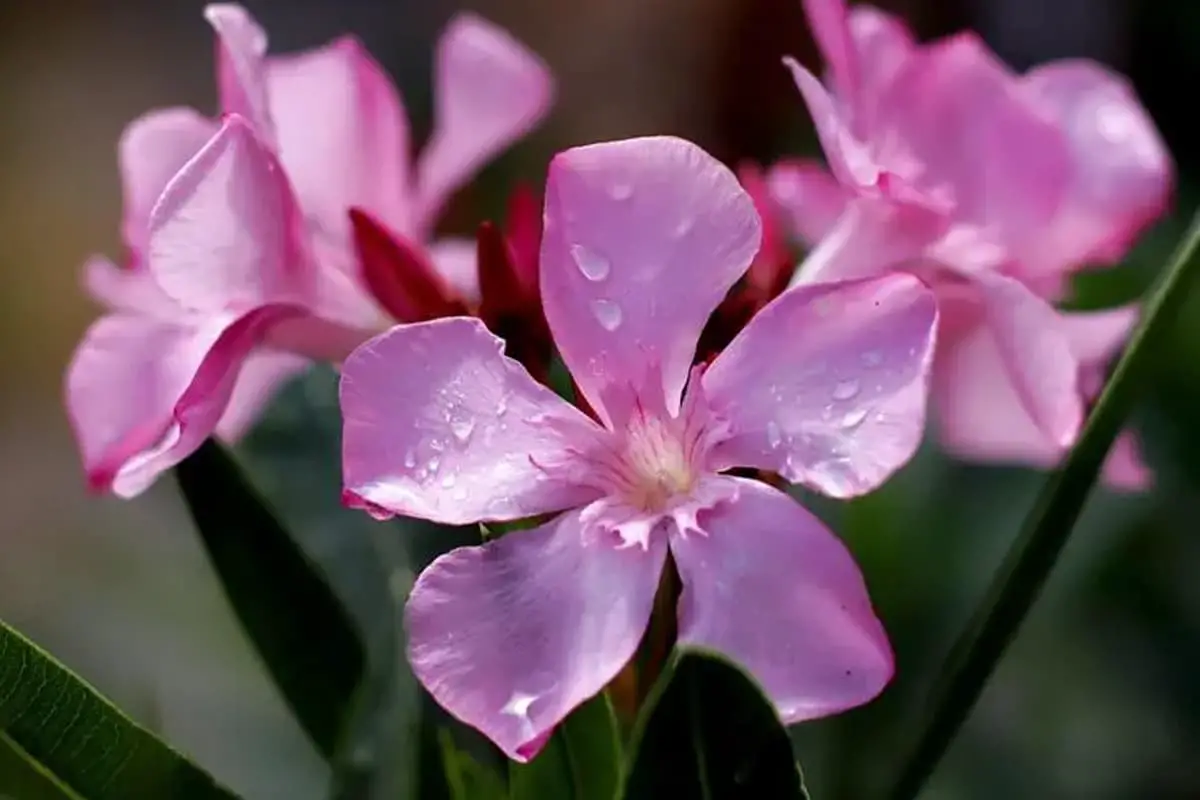
Nerium oleander, commonly known as Oleander, is a versatile evergreen shrub that graces gardens with its vibrant blooms throughout the year, reaching its flowering zenith during summer and autumn. This September-flowering plant is renowned for its ornamental value, featuring long, narrow leaves that bear a resemblance to those of bamboo, while its clustered flowers evoke the delicate beauty of peach blossoms.
When in full bloom, Oleander flowers create a spectacular display, with colors ranging from soft pink to deep crimson or pristine white. The blossoms, which grow in terminal clusters, are typically 2-3 inches in diameter and possess a subtle, sweet fragrance. Each flower consists of five petals fused at the base, forming a trumpet-like shape.
Oleander’s environmental adaptability makes it an excellent choice for urban landscaping. It demonstrates remarkable resistance to air pollution, effectively filtering smog, dust, and various airborne toxins. This ability to purify air and contribute to environmental health has led to its widespread use in public spaces such as parks, scenic areas, and along roadsides, rivers, and lakes.
Despite its aesthetic appeal and environmental benefits, it’s crucial to note that all parts of the Oleander plant contain toxic compounds, primarily cardiac glycosides. These toxins can cause severe reactions if ingested and may irritate the skin upon contact.
Therefore, while Oleander is safe to admire from a distance, direct handling should be avoided, especially by children and pets. When cultivating Oleander, it’s advisable to wear protective gloves and clothing during pruning or maintenance.
In landscaping, Oleander serves multiple purposes. Its fast growth and dense foliage make it an excellent choice for privacy screens or windbreaks. In coastal areas, it thrives in sandy soils and tolerates salt spray, making it a popular choice for seaside gardens.
With proper care, including regular pruning to maintain shape and encourage fuller growth, Oleander can be a long-lived and stunning addition to many garden settings.
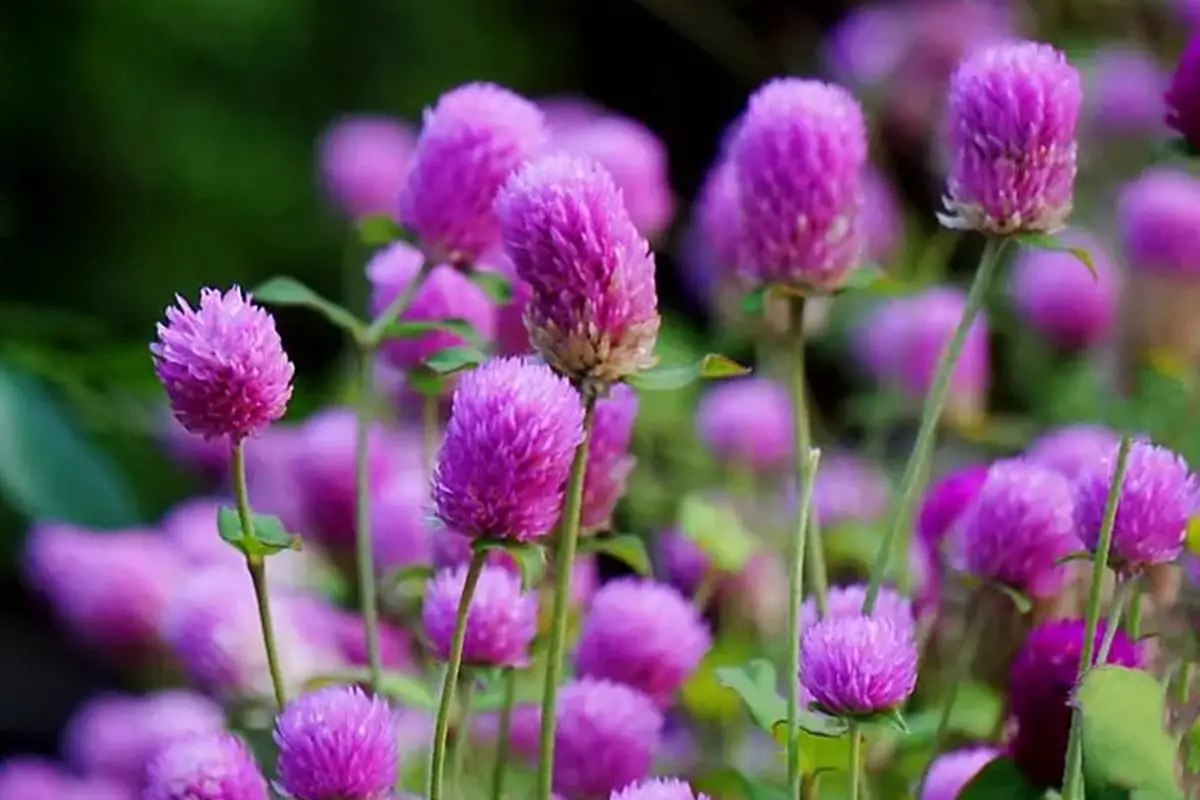
What flowers bloom in September? Gomphrena globosa, commonly known as Globe Amaranth, is a striking late-season bloomer that flourishes from August through November. This robust annual thrives in full sunlight and exhibits exceptional heat tolerance, making it a reliable choice for gardeners seeking vibrant autumn color.
Native to tropical America, Gomphrena globosa has become a popular ornamental in tropical and subtropical regions worldwide. Its most distinctive feature is the long-lasting, globe-shaped inflorescences, which are actually composed of papery bracts rather than true petals. These colorful “globes” come in shades of purple, pink, white, and red, retaining their vibrancy even after cutting, which makes them prized in both fresh and dried floral arrangements.
In landscape design, Globe Amaranth serves multiple purposes. It excels as a bedding plant, providing masses of color in borders and flower beds. Its compact growth habit also makes it ideal for container gardening, adding a pop of color to patios and balconies. Due to their excellent vase life, the flowers are frequently used in wreaths, bouquets, and as fillers in larger floral compositions.
Gomphrena globosa has naturalized in many parts of China, where it is valued not only for its ornamental qualities but also for its medicinal properties. In traditional Chinese medicine, the plant is believed to possess heat-clearing and detoxifying properties. It is often used as an ingredient in herbal teas, which are consumed for their perceived health-preserving benefits.
Modern research has shown that Gomphrena globosa contains compounds with potential anti-inflammatory and antioxidant properties, though further studies are needed to fully understand its medicinal applications.
The cultural significance of Globe Amaranth extends beyond its practical uses. In the language of flowers, it has long been associated with immortality and unfading love, likely due to its ability to retain its color when dried. This symbolism has evolved in some cultures to represent enduring friendship. Many anecdotes and legends surrounding the flower emphasize its role as a token of loyalty and lasting bonds between friends.
Cultivating Gomphrena globosa is relatively straightforward, making it accessible to both novice and experienced gardeners. It prefers well-drained soil and can tolerate a range of soil types, though it performs best in slightly acidic to neutral pH.
While drought-tolerant once established, regular watering during dry spells will promote fuller growth and more abundant blooming. Deadheading spent flowers can encourage continued blooming throughout the season, extending the display well into autumn.
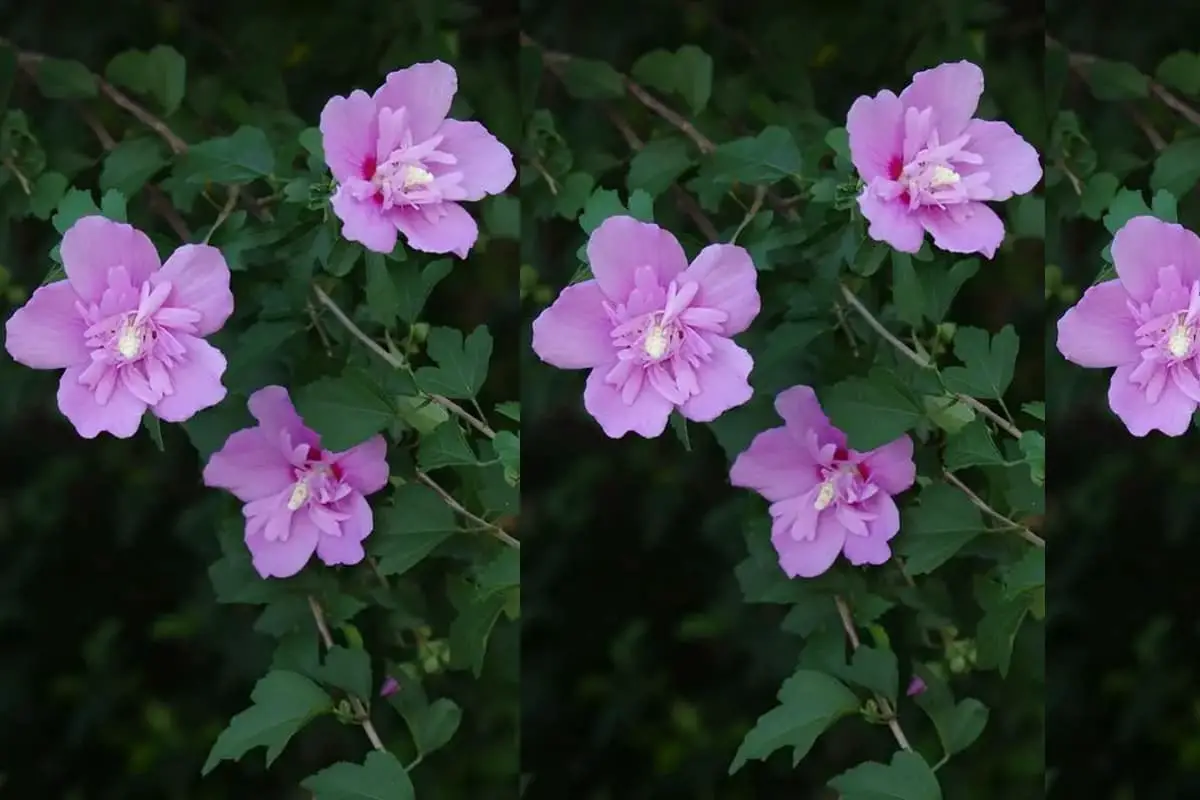
The Hibiscus, designated as the national flower of South Korea and Malaysia, is renowned for its striking beauty and versatility. In North America, it’s often referred to as the “Rose of Sharon” rather than the “Desert Rose,” which typically denotes Adenium obesum, a different plant species.
This ornamental shrub boasts an impressive array of common names, including Chinese Hibiscus, Hawaiian Hibiscus, and Tropical Hibiscus, each reflecting its widespread cultivation and cultural significance. The names “White Hibiscus” and “White Rice Flower” specifically refer to white-flowered varieties, while “Morning Opening Evening Falling Flower” aptly describes the ephemeral nature of its blossoms, which typically last only a day.
Hibiscus flowers exhibit a spectacular range of colors, from delicate pastels to rich, vibrant hues. While purple varieties are indeed popular, the color palette extends to reds, pinks, yellows, whites, and even multicolored cultivars. The blooming period from July to October applies to many species, but can vary depending on the specific variety and growing conditions.
Characterized by rapid growth and lush foliage, Hibiscus makes an excellent choice for informal hedges or privacy screens. Its adaptability renders it suitable for various landscaping applications, including roadside plantings, park beautification, and courtyard enhancement. The plant’s versatility allows for single specimen planting, row planting for hedges, or mass planting for dramatic visual impact.
In warmer southern regions, Hibiscus thrives as a perennial hedge or shrub. In cooler northern climates, it’s often cultivated as a garden ornamental during summer months and can be grown as a container plant, allowing it to be moved indoors during harsh winters.
Beyond its ornamental value, Hibiscus offers notable medicinal and culinary applications. Various parts of the plant, particularly the flowers and leaves, are used in traditional medicine for their potential anti-inflammatory, antioxidant, and digestive benefits. In cuisine, Hibiscus flowers are popularly used to make teas, jams, and garnishes, adding a tart, cranberry-like flavor to dishes and beverages.
For optimal growth, Hibiscus prefers full sun to partial shade and well-draining, slightly acidic soil. Regular watering, especially during dry spells, and occasional feeding with a balanced fertilizer will promote healthy growth and abundant flowering. Pruning in late winter or early spring can help maintain shape and encourage vigorous blooming in the following season.
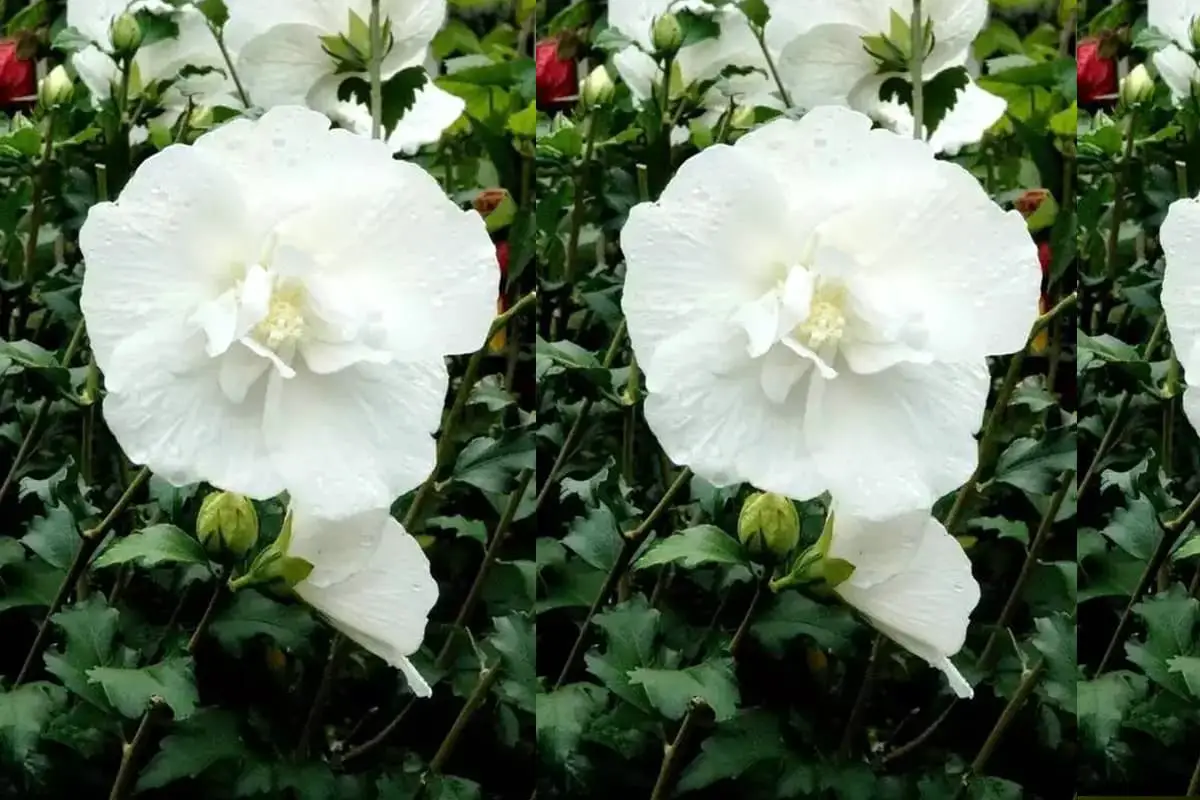
Among the flowers that bloom in September, Hibiscus mutabilis stands out as a remarkable species. This versatile plant, also known as the Confederate Rose, Cotton Rosemallow, or Changeable Rose, is a deciduous shrub or small tree native to southern and eastern Asia, particularly the Yellow River Basin and regions of East and South China. Its blooming period extends from late summer through autumn, typically from August to November.
Hibiscus mutabilis is renowned for its large, showy flowers that can reach up to 6 inches (15 cm) in diameter. The flowers exhibit a fascinating color-changing phenomenon throughout their lifespan, which has earned the plant the moniker “Three Change Flower.”
The blooms open in the morning as pure white, gradually transition to pink by midday, and often deepen to a rich red by evening or the following day. This color transformation is influenced by temperature and light exposure.
The plant’s structure and appearance have inspired several of its common names. The term “Wooden Lotus” derives from its woody stem and flowers that resemble lotus blossoms emerging from water. However, unlike true lotuses, Hibiscus mutabilis is terrestrial. The “Cotton Rose” nickname stems from the flower’s similarity to a rose and the plant’s relation to cotton plants within the Malvaceae family.
Hibiscus mutabilis displays remarkable resilience, continuing to bloom even as temperatures drop in late autumn. This cold hardiness, unusual for many Hibiscus species, has led to its “Frost-resistant Flower” moniker. The plant’s ability to maintain its beauty amidst frost and dew embodies the essence of the deep autumn season.
Beyond its ornamental value, Hibiscus mutabilis holds significant medicinal importance in traditional Chinese medicine. Various parts of the plant, including flowers, leaves, and roots, are utilized for their therapeutic properties:
These applications are based on the plant’s content of flavonoids, tannins, and other bioactive compounds, though it’s important to note that medicinal use should always be under professional guidance.
Culturally, Hibiscus mutabilis holds a special place as the city flower of Chengdu, the capital of Sichuan Province in China. In flower symbolism, it represents delicacy, chastity, and purity. The changing nature of its flowers is often interpreted as a metaphor for life’s transitions and the beauty found in change.
For gardeners, Hibiscus mutabilis offers versatility in landscape design. It can be grown as a standalone specimen, in mixed borders, or even as an informal hedge. The plant prefers full sun to partial shade and well-drained, fertile soil. Regular pruning in late winter or early spring helps maintain its shape and promote vigorous growth.
In conclusion, Hibiscus mutabilis is not just a September-blooming flower, but a plant of multifaceted significance – botanically intriguing, medicinally valuable, and culturally meaningful. Its ability to bloom late into the autumn, coupled with its unique color-changing flowers, makes it a captivating addition to any garden seeking to extend the beauty of the growing season.
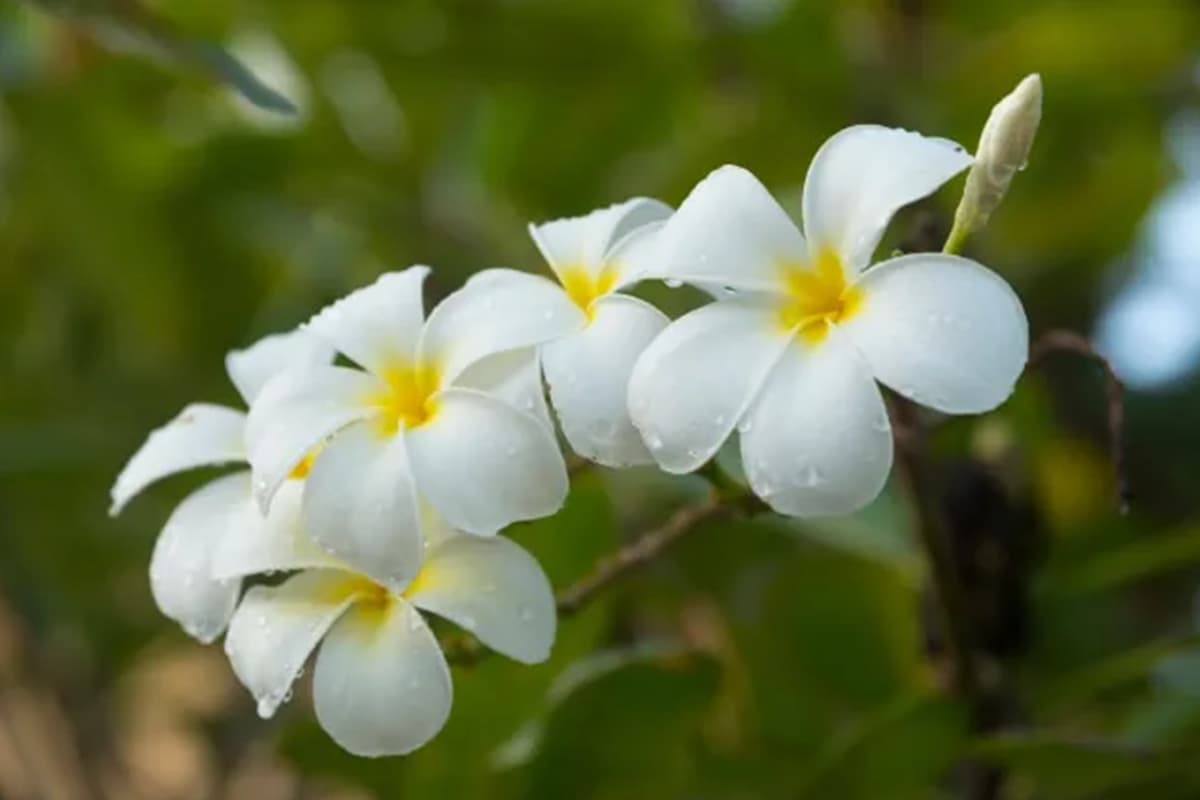
Celosia, a vibrant and distinctive annual flower, graces gardens with its bold presence from late spring through autumn. Also known as Woolflower, Cockscomb, or Red Fox, this eye-catching plant belongs to the Amaranthaceae family and offers a spectacular display during the warmer months.
Native to tropical and subtropical regions of Africa, South America, and the Indian subcontinent, Celosia has since become a popular ornamental plant cultivated worldwide. The genus comprises approximately 60 species, each offering unique characteristics and visual appeal.
Celosia flowers come in an array of striking colors, including vivid reds, deep purples, bright oranges, and sunny yellows. Their most distinctive feature is their unusual flower structure, which gives rise to three main types:
These plants thrive in full sunlight, requiring at least 6-8 hours of direct sun daily. They prefer warm temperatures between 60°F and 80°F (15°C to 27°C) and flourish in humid conditions. Celosia performs best in fertile, well-drained soil with a slightly acidic to neutral pH (6.0-6.8). Regular watering is essential, but care should be taken to avoid waterlogging, as this can lead to root rot.
While Celosia is primarily grown for its ornamental value, adding vibrant color and unique texture to gardens, borders, and containers, it also possesses significant medicinal properties. In traditional medicine, various parts of the plant have been used to treat ailments such as diarrhea, dysentery, and skin irritations. Some species are also edible, with leaves and young shoots consumed as vegetables in certain cultures.
To ensure a prolonged blooming period, deadhead spent flowers regularly and provide adequate fertilization throughout the growing season. Celosia is generally pest-resistant but can occasionally suffer from aphids or spider mites. It’s important to note that these plants are frost-tender and will not survive in cold climates without protection.
In addition to their garden appeal, Celosia flowers are excellent for cut flower arrangements, retaining their color and shape for extended periods when properly dried. This versatility makes them a favorite among florists and home gardeners alike.
As the growing season progresses, Celosia continues to produce new blooms, ensuring a colorful display well into the autumn months, making it a valuable addition to any late-season garden palette.